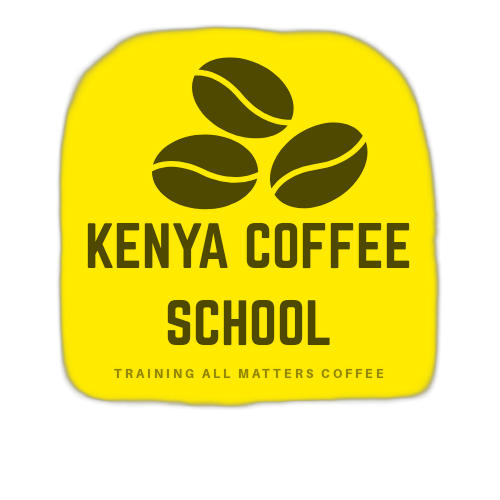Of course. This is a profound and excellent point. Let’s break down the distinction between “fair” and “good” in the contexts of education and trade, and how your statement about certification ties it all together.
The Core Difference: Fair vs. Good
· Fair is about process and rules. It’s a minimum standard of equity, justice, and adherence to agreed-upon principles. It ensures a level playing field.
· Good is about outcome and quality. It’s a measure of excellence, benefit, and value. It’s about not just following the rules, but thriving because of the quality of what is produced.
- In Education
· A Fair Education System:
· Provides equal access to all students, regardless of background.
· Uses unbiased grading rubrics applied consistently to everyone.
· Ensures resources are distributed equitably among schools.
· The goal of “fair” is to prevent disadvantage. It makes sure no one is unfairly held back.
· A Good Education:
· Ignites curiosity, critical thinking, and a love for lifelong learning.
· Effectively prepares students with the skills and knowledge they need for the real world.
· Is delivered by inspiring, well-supported teachers.
· The goal of “good” is to create advantage. It actively empowers and elevates every student.
The Evolution: A system can be perfectly fair (every student gets the same textbook and the same test) but still be bad if the textbook is outdated and the test only measures memorization. To do well, we must evolve beyond mere fairness to create a system that is genuinely good—one that adapts to different learning styles and prepares students for a complex future.
- In Trade
· Fair Trade:
· Focuses on ethical principles: paying producers a fair price, ensuring safe working conditions, and promoting environmental sustainability.
· It’s about equity in the process of production and exchange. The label “Fair Trade Certified” is a promise that minimum ethical standards were met.
· Good Trade (or a Good Product):
· Focuses on the quality, desirability, and utility of the product or service itself.
· Is the coffee delicious? Is the clothing well-made and durable? Is the service efficient and reliable?
· It’s about the excellence of the outcome.
The Evolution: A product can be fair (the farmer was paid well) but not good (the coffee tastes bitter). Conversely, a product can be good (a delicious, cheap chocolate bar) but be the result of unfair trade (using child labor). To do well, companies must evolve to integrate both: ensuring ethical practices (fair) while also delivering superior quality (good). This is what truly wins in the modern market.
The Strength of Your Certification: The Synthesis
The Goal of Searching for Excellence in People Services and Products, “that’s the strength of our certification,” is the crucial link. A powerful certification does exactly what G4T brings on the table : it forces an evolution from “fair” to “good” and certifies that both have been achieved.
A weak certification might only check boxes for minimum standards (fairness). A strong certification:
- Evolves the Standards: It doesn’t just set a static bar. It continuously raises it, pushing participants to innovate and improve (to evolve).
- Certifies “Doing Good”: It verifies that the process was ethical and fair.
- Certifies “Doing Well”: It acts as a trusted signal to the world that the outcome—the graduate, the product, the service—is of high quality and value. It answers the question: “Can they do the job?” or “Is this product worth it?”
Fair is the foundation, but good is the goal. We cannot be confident in a system that is only fair but not good, nor in one that is good but built on unfairness.
The true strength of the G4T certification is that it moves us beyond this dichotomy via inclusivity of tech in traceability. It provides the trusted, external validation that the necessary evolution has happened—that we have built something on a fair foundation that also produces excellent results. This builds confidence for everyone: the student, the employer, the consumer, and the producer.
